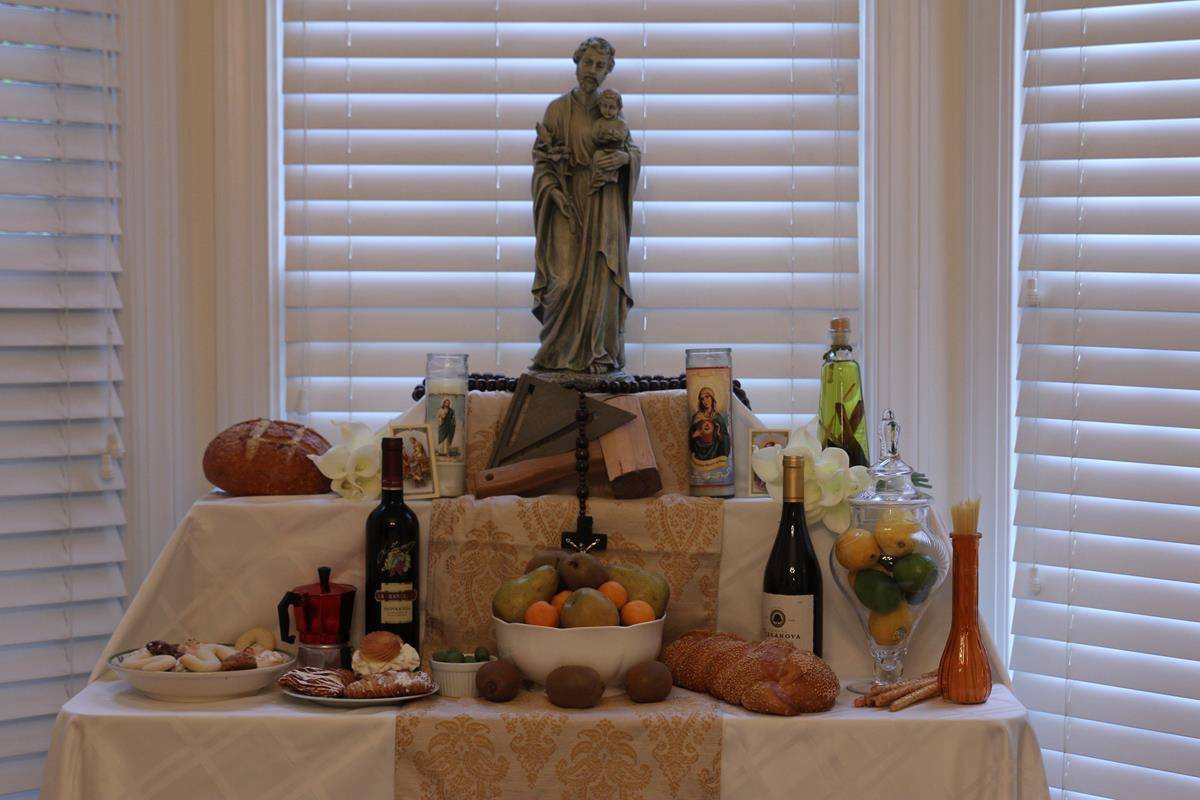The Italian tradition of a St. Joseph Table is a popular devotion for the Feast of St. Joseph.
The “Tavola di San Giuseppe” (“St. Joseph’s Table” or “St. Joseph’s Altar”) originated in Sicily, which claims St. Joseph as its patron. It is practiced on March 19, the feast of St. Joseph. March 19 is also Father’s Day in Italy, which is fitting as St. Joseph was the foster father of Jesus.
This celebration featuring a makeshift shrine is a symbolic “thank you” and renewal of the Sicilian people’s devotion to St. Joseph.
It is a shared or communal celebration, in which the riches of food are given as alms to the poor and no one can be turned away. It has three aspects: veneration, special recognition of St. Joseph during Mass and at the “table”; the table, both a kind of “altar of reverence” and a communal celebration; and the poor, with the intention that the gathered food will help people in need.
Here’s how to set up your own St. Joseph Table at home or at your parish:

STEP 1: Choose a date and invite guests. If March 19 is not possible, celebrating a day or two before or afterwards is OK. It is ideal to host the celebration after Mass. Invite guests, especially children to dress up and play the parts of the Holy Family, the Apostles and angels. Guests should bring decorations or food items for the table.
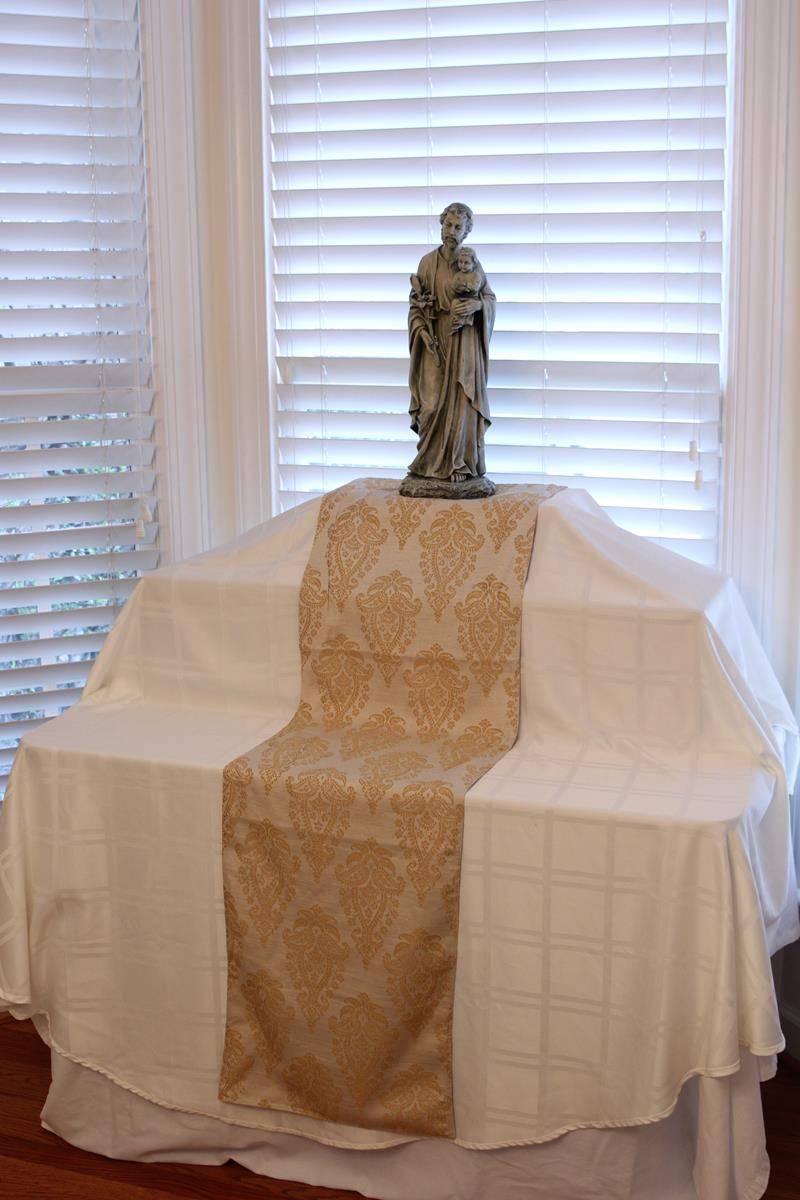
STEP 2: Set up the table. Place a table in a prominent location of your home or church. On the table, arrange at least two display tiers using durable boxes or small shelves. (The three tiers represent the Holy Trinity, and the ascent from earth to heaven.) Cover the table and tiers with a white tablecloth.
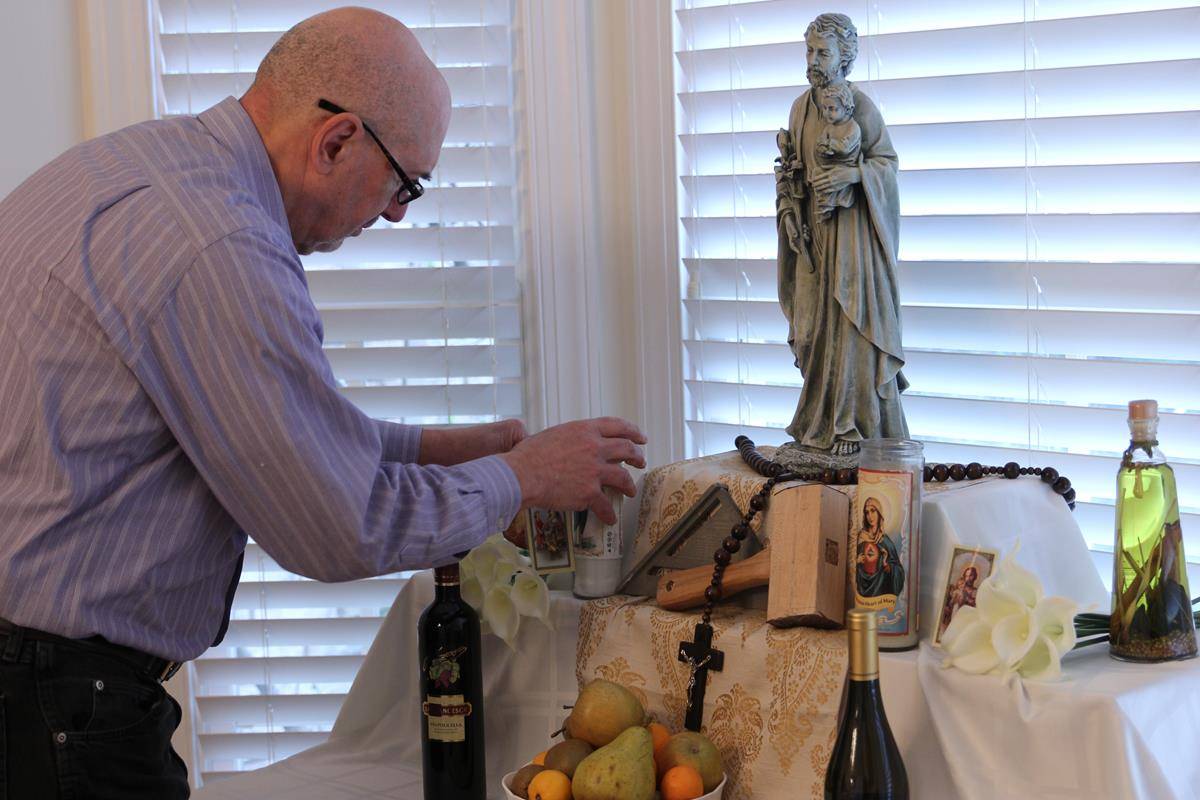 STEP 3: Decorate the table. Place a statue of St. Joseph on the top tier. On the other tiers, display flowers (white lilies, in particular), candles, statues, rosaries and holy cards. The setup should be solemn and festive – use your imagination! Vigil lights of green, brown and yellow (representing St. Joseph’s clothing) can be placed all around, and the table can be surrounded by palms reminiscent of the Holy Land.
STEP 3: Decorate the table. Place a statue of St. Joseph on the top tier. On the other tiers, display flowers (white lilies, in particular), candles, statues, rosaries and holy cards. The setup should be solemn and festive – use your imagination! Vigil lights of green, brown and yellow (representing St. Joseph’s clothing) can be placed all around, and the table can be surrounded by palms reminiscent of the Holy Land.
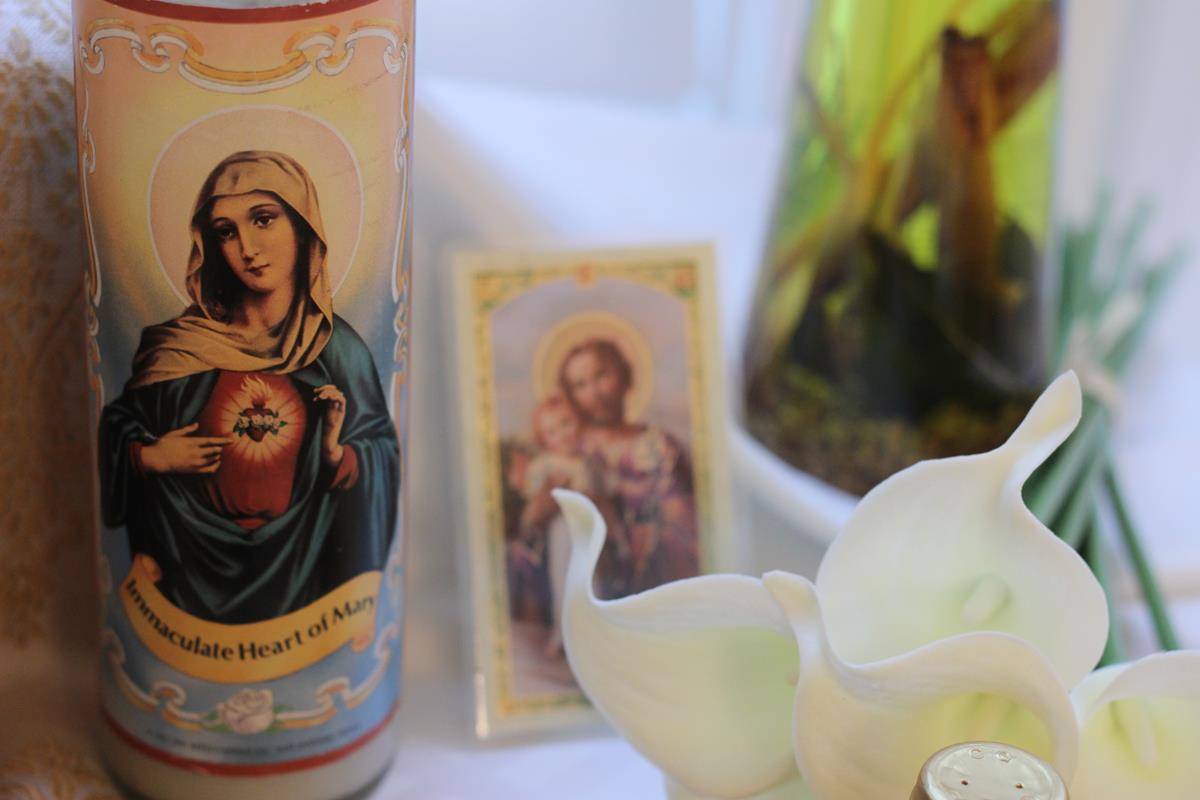
STEP 4: Set out a basket to collect prayer intentions and alms for the poor. You might collect canned goods for a food pantry or have a cash donation basket.
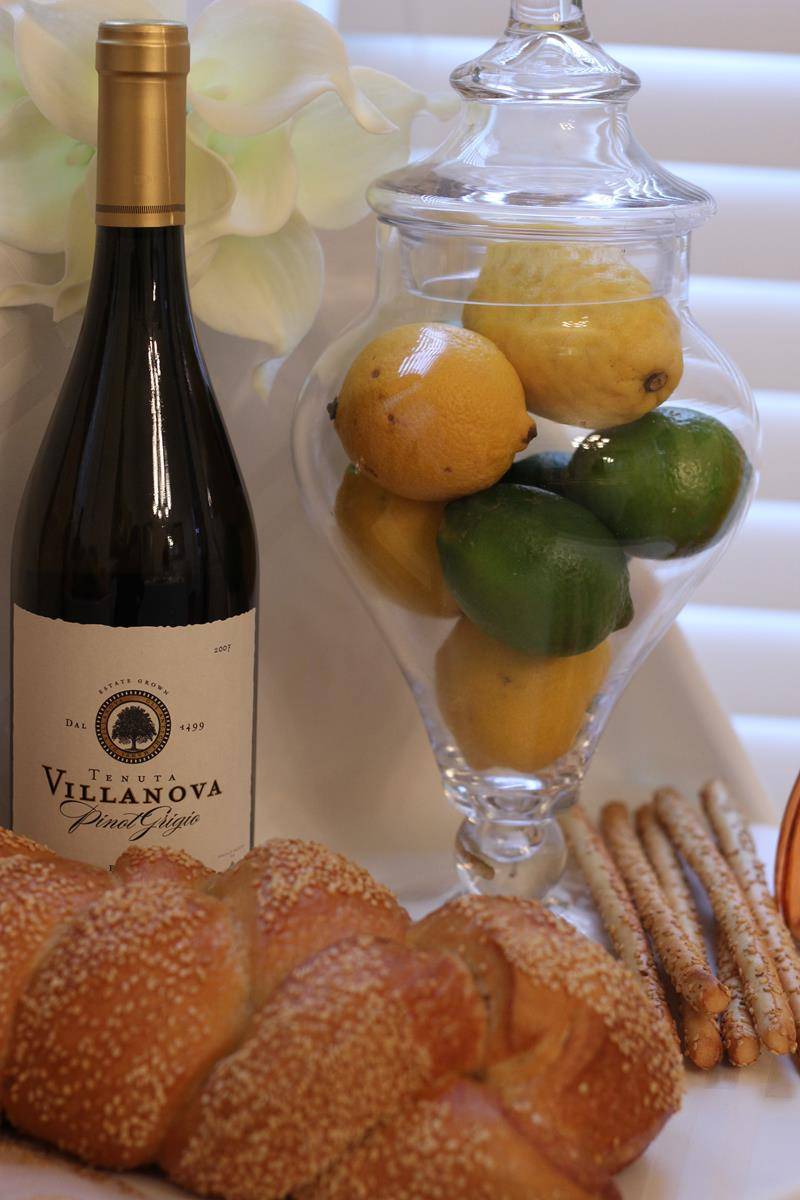
STEP 5: Prepare the menu. One traditional main dish in Sicily is “Carpenter’s Pasta” – pasta made with bread crumbs sautéed in butter to resemble sawdust – but you can include fish, soups or other pasta. Cheese isn’t used, symbolic of the food shortage experienced in the origin legend of the tradition. Sesame-coated artisan breads in symbolic shapes are a key centerpiece of the table and the menu. Don’t forget to include dessert: cakes, biscotti and cookies embellished with almonds are common. For menu ideas, go to www.yearofstjoseph.org.
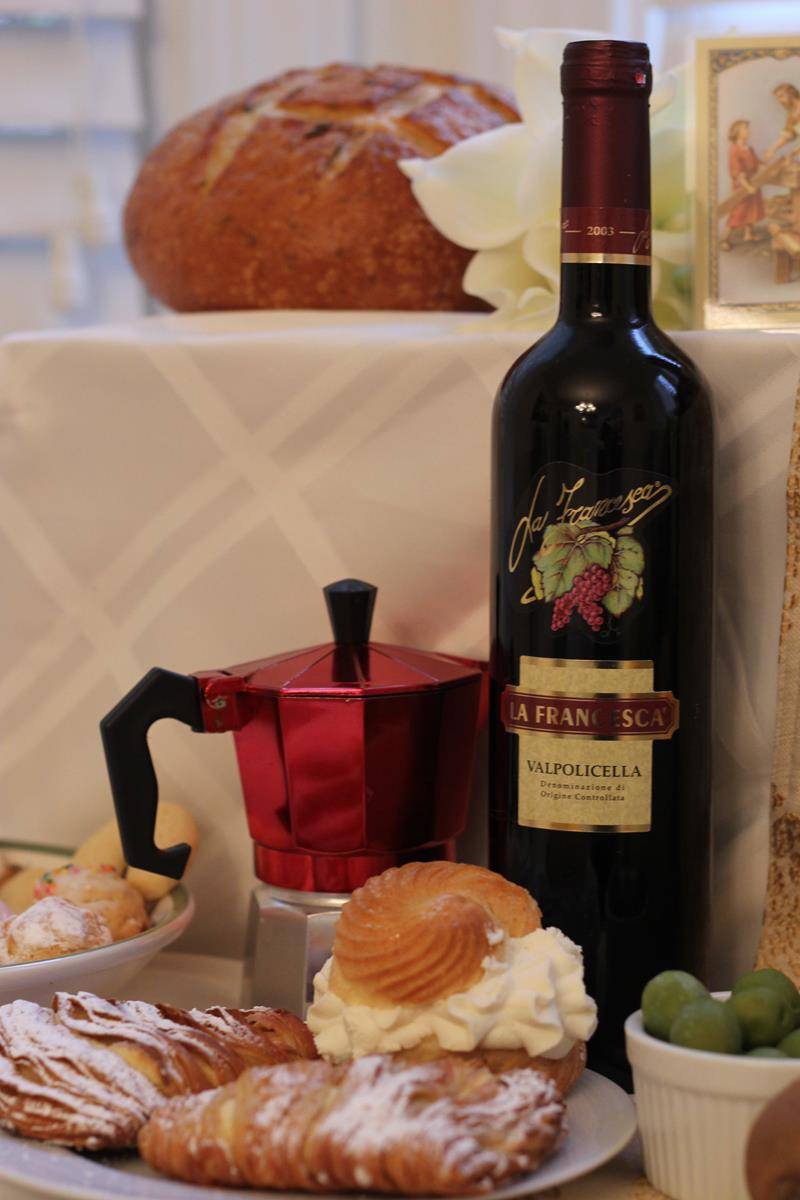
STEP 6: Gather and place specific foods on the table. Special breads, fruits, vegetables, baked goods, pasta, wine and olives are all traditional items found on a St. Joseph’s Table. But as it is Lent, omit any meats and cheeses. Arriving guests should place their items on or around the table.
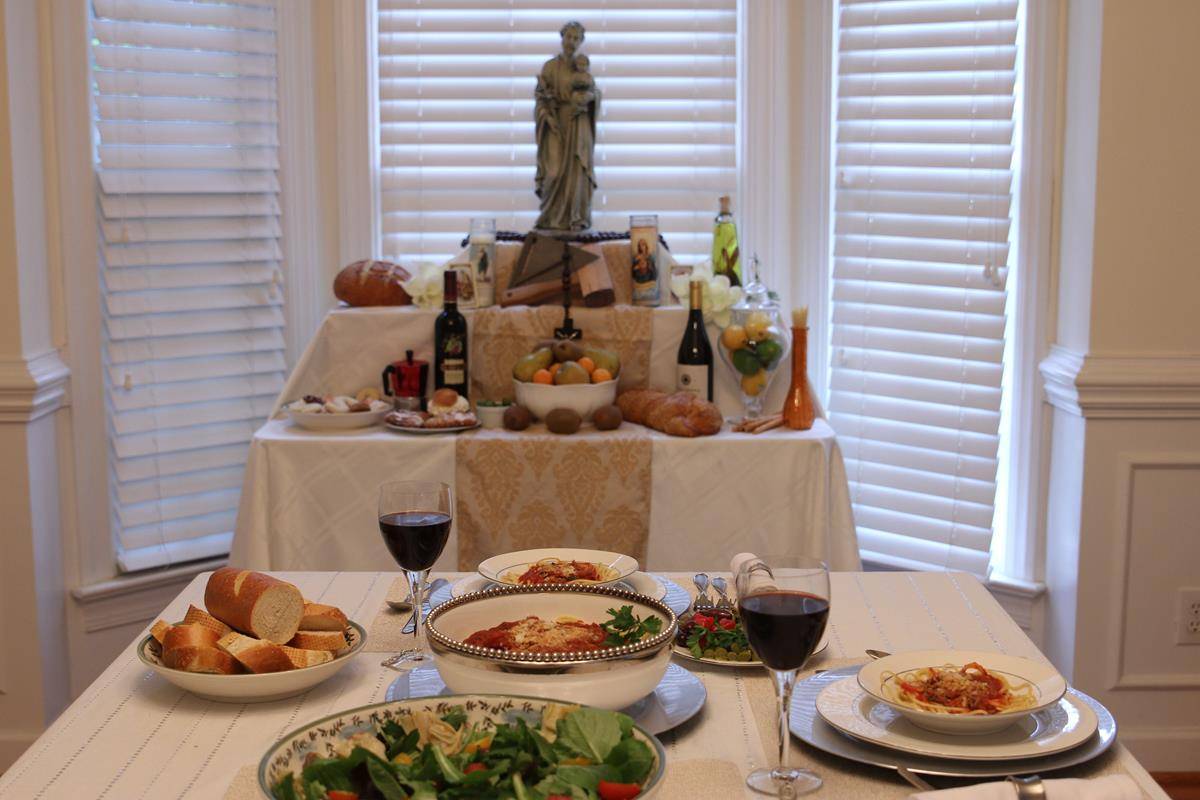
STEP 7: Bless the St. Joseph Table. Before or at the start of your celebration, invite a priest or deacon to bless your table, or pray together as a family.
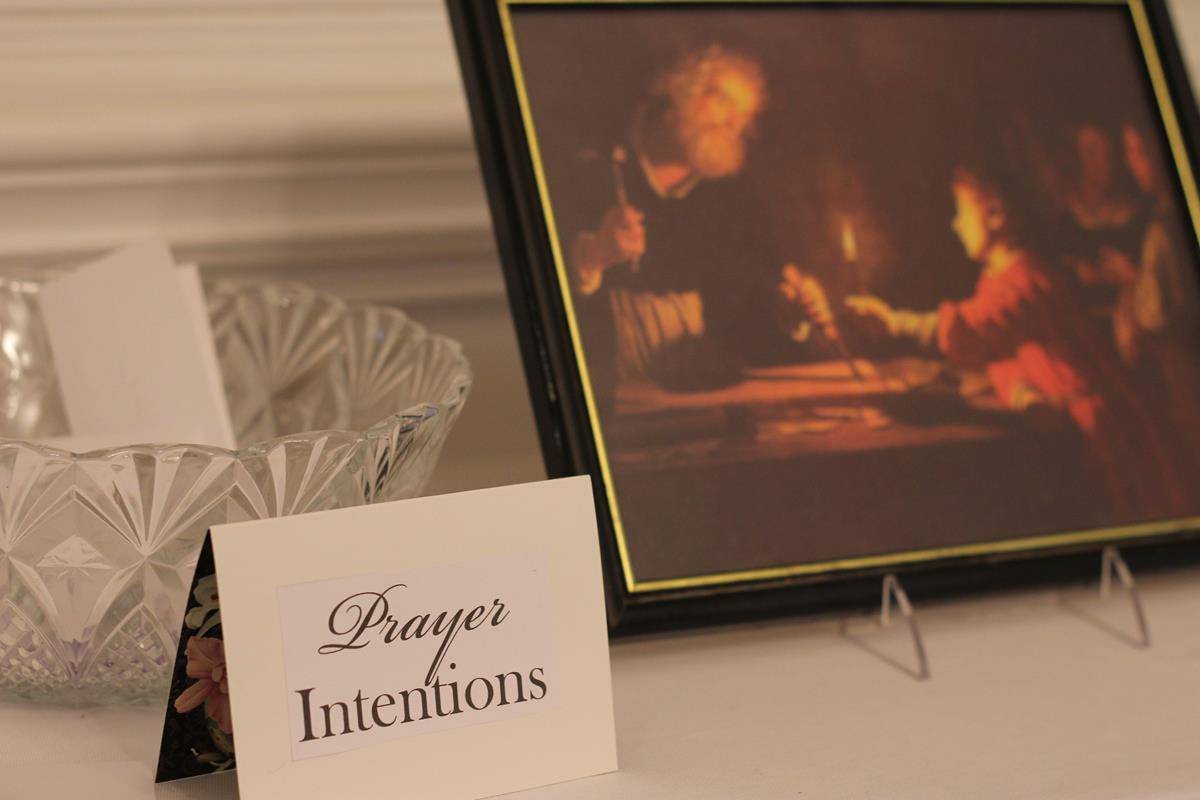
STEP 8: Eat. The three children representing the Holy Family eat first, and they sit at a small table reserved just for them. Food is served buffet style.
STEP 9: Pray. After the meal, pray together as a group, seeking St. Joseph’s intercession. Pray the Litany to St. Joseph or use the diocese’s St. Joseph Prayer Book for other ideas. To end the celebration, offer guests a small gift such as a St. Joseph holy card. When possible, deliver the items collected for the poor to conclude the devotion.
— CatholicNewsHerald.. www.yearofstjoseph.org and Tom Sperrazzo contributed.
Learn more
For detailed information about the tradition and the setting of the St. Joseph’s Table, go online to the Year of St. Joseph website at www.yearofstjoseph.org/devotions/st-joseph-table.



